Are you worried that kava tea might be a bitter disappointment?
Many people say kava tea is for the brave tea drinkers.
But what does kava tea taste like?
Kava tea, primarily, tastes earthy and bitter, with an underlying note of mild sweetness. The earthy element is reminiscent of mud or soil, while the bitterness is akin to a strong, herbal taste. The mild sweetness can be compared to vanilla or coconut but is notably subtle.
This unique combination of flavors is distinct and can be an acquired taste for some individuals.
You might find that it has a gritty texture and an interesting quality of numbing your tongue and lips, often referred to as “tongue-numbing”.
This sensation is part of what makes kava unique.
As you continue to drink, the bitterness and earthy notes tend to become more pronounced.
Some people also detect peppery and woody undertones as they savor each sip.
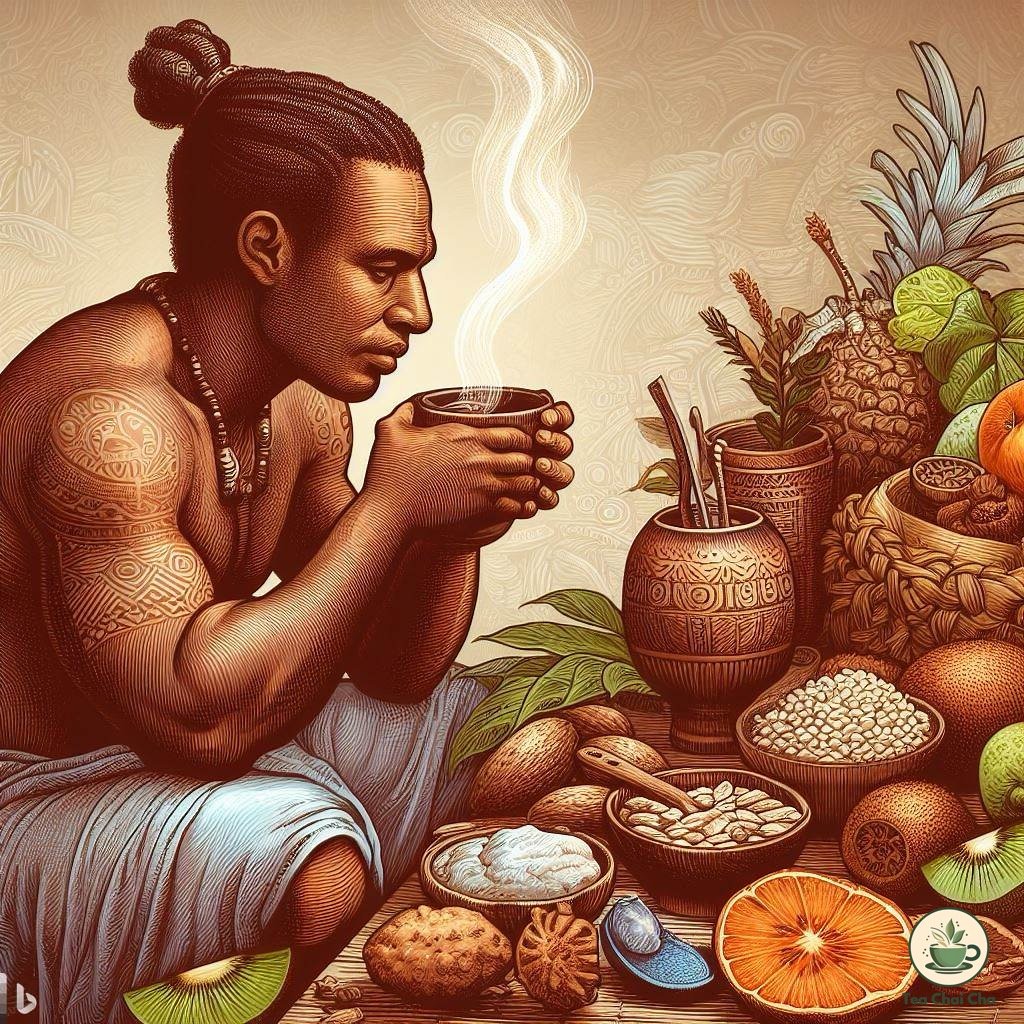
Why Does Kava Tea Taste So?
The unique taste of kava tea is mainly due to the presence of kavalactones in the kava plant’s roots.
When you take a sip of kava tea, it’s these natural compounds that create the distinct flavor you encounter.
Kava tea is made using the dried and ground roots of the kava plant.
These roots contain kavalactones, and when they are mixed with water, the result is the one-of-a-kind taste of kava tea.
The traditional way of preparing it involves kneading and straining the kava root powder in water, which imparts the tea with its characteristic flavor.
It’s worth noting that the taste of kava tea can vary.
This variation depends on factors such as the type of kava cultivar used and the specific preparation method.
Different kava strains can have slightly different taste profiles, some being spicier and others milder.
So, your experience with kava tea might differ based on these factors.
While the taste of kava tea may not immediately appeal to everyone, some people develop a liking for it over time.
Interestingly, for many, it’s not the taste that draws them to kava, but rather the calming and soothing effects it offers.
5 Different Tastes of Kava Tea
The earthy, peppery, bitter, nutty, woody, and even sweet notes all have their origins in the kava itself.
This makes every cup of kava tea a unique and exciting journey for your taste buds.
Usually, your taste buds might detect these notes in kava tea:
1. Bold and Earthy
Kava is famous for its distinctive earthy and robust flavor.
This unique taste comes from the kavalactones found in the kava root, which not only give kava its distinct flavor but also contribute to its relaxing properties.
The earthy notes are what make kava tea stand out.
2. Peppery and Bitter Undertones
Kava tea often has peppery and slightly bitter undertones.
This bitterness is a result of the chalcones present in kava, which can vary in intensity depending on the specific kava variety and how you prepare it.
The peppery quality adds a layer of complexity to the overall taste.
3. Nutty and Woody Notes
Some kava teas surprise your taste buds with nutty and woody notes, similar to almonds or chestnuts.
These flavors are influenced by the drying and processing of the kava root.
Factors like how long it’s sun-dried and stored can impact the prominence of these notes, giving your kava experience a richer and more diverse flavor.
4. Hints of Sweetness
While kava is often known for its earthy and bitter notes, there are kava varieties that offer hints of sweetness.
These subtle sweet undertones are due to compounds like flavokavains.
They bring balance to the flavor, making these kavas particularly appealing to those new to kava tea.
5. Mouthfeel and Astringency
When you sip kava tea, you’ll experience a special mouthfeel.
The kavalactones in kava have a numbing effect on your tongue and mouth.
This numbing sensation is a defining characteristic of kava tea and adds to its overall sensory experience.
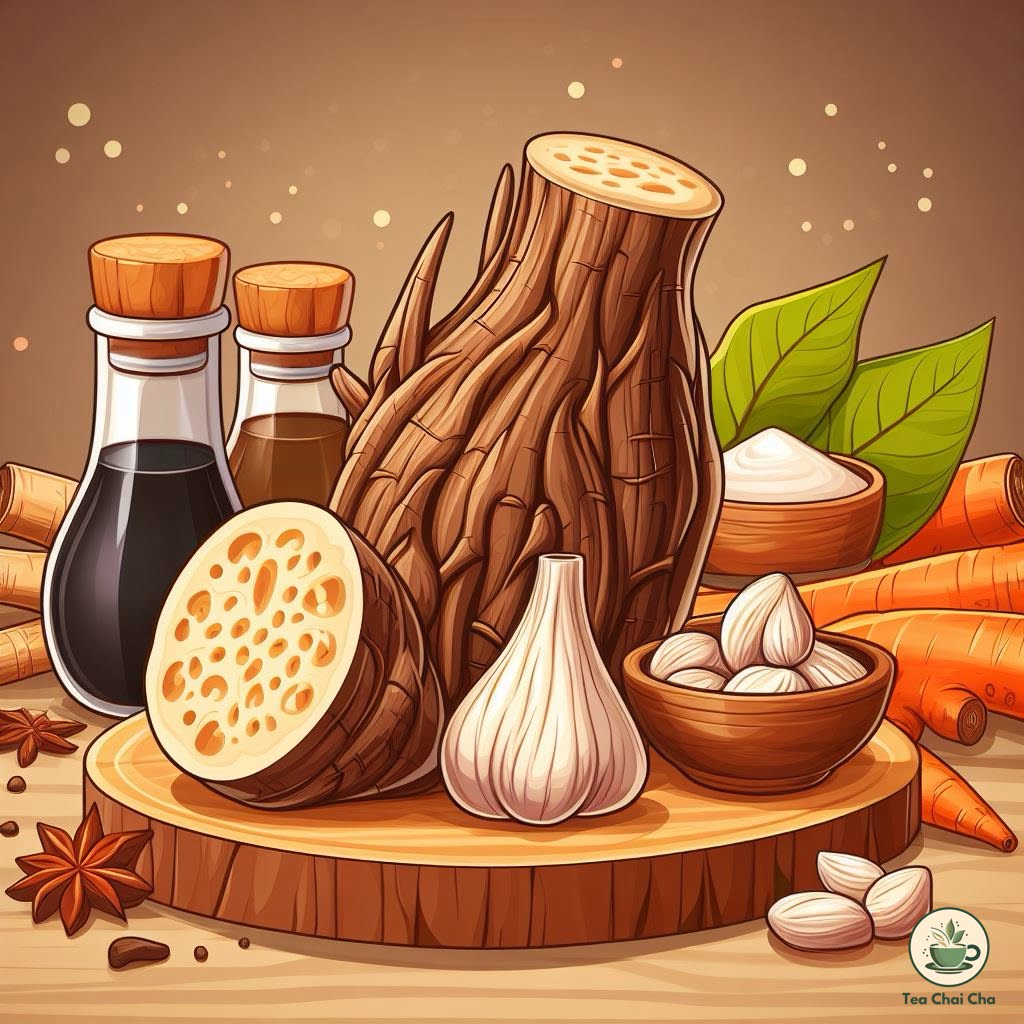
What Do Different Kava Teas Taste Like?
When it comes to trying different Kava teas, you’ll find that each variety offers a distinctive taste.
Here’s a brief overview of what you can expect when you sip on different types of Kava teas.
1. Noble Kava Tea
Noble Kava tea is considered the finest and most sought-after variety.
It’s known for its smooth and mild flavor.
When you take a sip of Noble Kava tea, you can expect a combination of earthy and peppery notes with a slightly sweet undertone.
The taste is often described as balanced and pleasant, making it a popular choice for those new to Kava.
Islanders in Vanuatu drink Noble Kava tea only!
About Noble Kava
When you seek a calming experience, noble kava should be your top choice.
It’s a classic South Pacific plant celebrated for its ability to ease your stress and worries.
The “noble” label means it’s carefully chosen for your safety, with low levels of any harmful substances like “pipermethystine.”
If you’re looking for a soothing and anxiety-reducing option, noble kava is the way to go.
2. Tudei Kava Tea
Tudei Kava tea has a reputation for being more pungent and bitter than Noble Kava.
The flavor is robust, with strong earthy and peppery characteristics.
Some people find Tudei Kava to be an acquired taste due to its pronounced bitterness.
If you prefer a more intense and complex flavor, Tudei Kava might be the choice for you.
About Tudei Kava
This type of kava can offer a strong sedative effect, but it comes with potential risks.
It contains higher levels of pipermethystine, which could lead to unpleasant side effects and even health concerns if you’re not careful.
When it comes to tudei kava, you should approach it with caution, especially if you’re new to kava or concerned about safety.
3. Isa Kava Tea
Isa Kava tea is known for its unique taste that combines earthiness with a hint of citrus.
The flavor profile is often described as refreshing and mildly tangy.
If you’re looking for a Kava tea that offers a departure from the traditional earthy notes, Isa Kava provides a fresh and citrusy twist.
About Isa Kava
Isa kava, also known as “Fijian kava,” is a variety that is often described as mild and easy to drink.
It is prized for its balanced effects, providing relaxation and a sense of well-being without the overwhelming sedation that some other kava strains may induce.
If you are new to kava or prefer a gentler experience, Isa kava can be an excellent choice to explore.
4. Wild Kava Tea
Wild Kava tea is, as the name suggests, wilder in flavor.
It tends to be earthy with a stronger pepperiness compared to Noble Kava.
Some variations of wild Kava can have a spicier kick.
If you’re seeking a more intense and untamed Kava experience, Wild Kava tea is worth a try.
About Wild Kava
For a more authentic and robust kava experience, wild kava is where you should turn.
It’s sourced from kava plants in their natural habitat in the South Pacific islands.
Some people believe it provides a more genuine kava experience, with higher levels of kavalactones, the compounds responsible for kava’s effects.
Just remember, though, that wild kava can vary in quality and strength, so make sure to get it from a trustworthy source and use it with care.
5. Flavored Kava Tea
For those who prefer a more approachable taste, there are flavored Kava teas available.
These blends are infused with additional ingredients like coconut, honey, or various herbs.
The added flavors can significantly mask the natural bitterness of Kava, offering a more enjoyable and diverse taste experience.
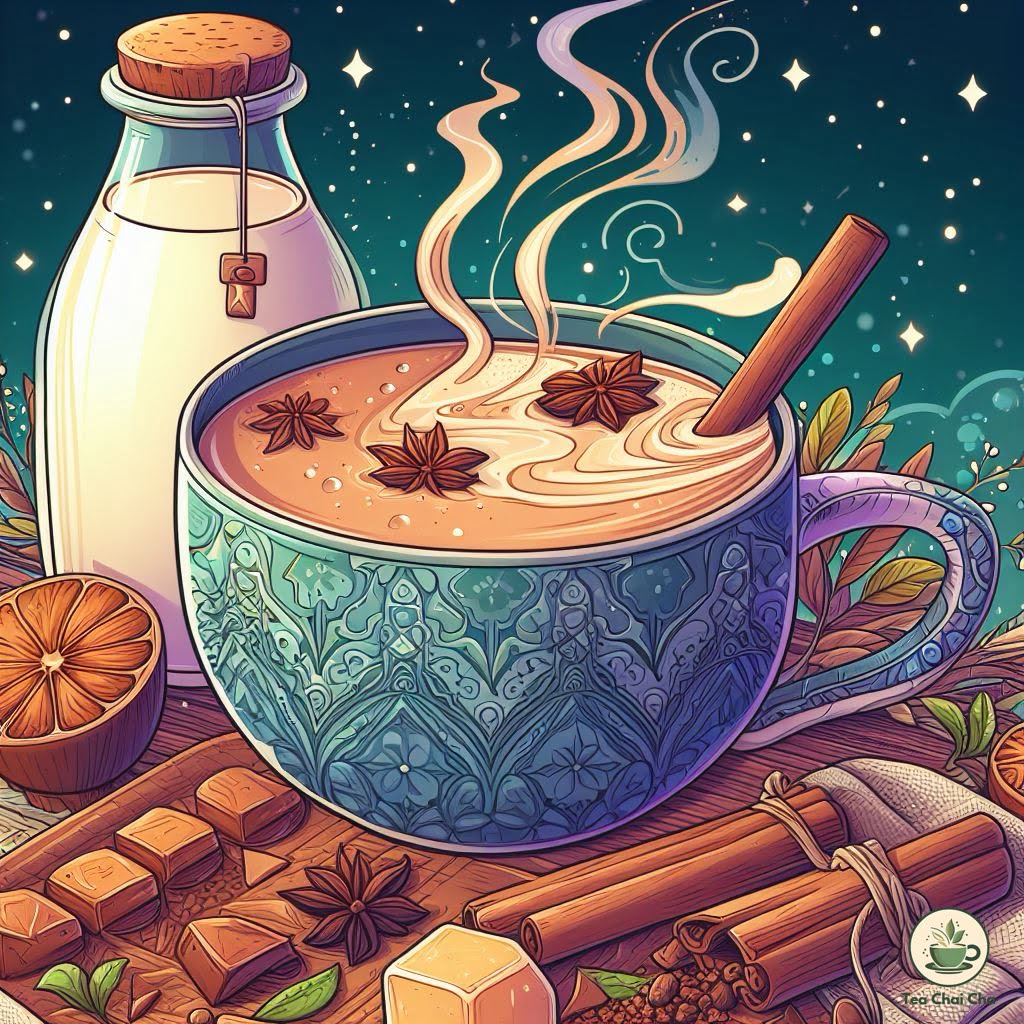
8 Ways to Make Kava Tea Taste Good
If you’ve found the taste of Kava tea challenging, there are several ways for you to make it more enjoyable.
Here’s I have some methods to enhance the flavor of your Kava tea:
1. Flavored Kava Varieties
If you want to add some excitement to your Kava tea, consider trying flavored Kava blends.
Some vendors offer options like chocolate or vanilla, which can provide a pleasant twist to the traditional Kava taste.
Opt for flavored Kava varieties to make your tea more suited to your palate.

2. Mix with Fruit Juices
An easy and effective way to improve the taste of Kava tea is to blend it with fruit juices.
Try adding pineapple, orange, or mango juice to mask the bitterness of Kava while infusing a fruity flavor into your drink.
Mix Kava with your favorite fruit juice to create a more appealing taste.
3. Coconut Milk or Coconut Water
If you prefer a creamier texture, you can mix Kava with coconut milk, or for a tropical touch, use coconut water.
Both of these options can complement Kava’s natural flavor and make it more palatable.
Combine Kava with coconut milk or coconut water for a smoother taste that you’ll enjoy.
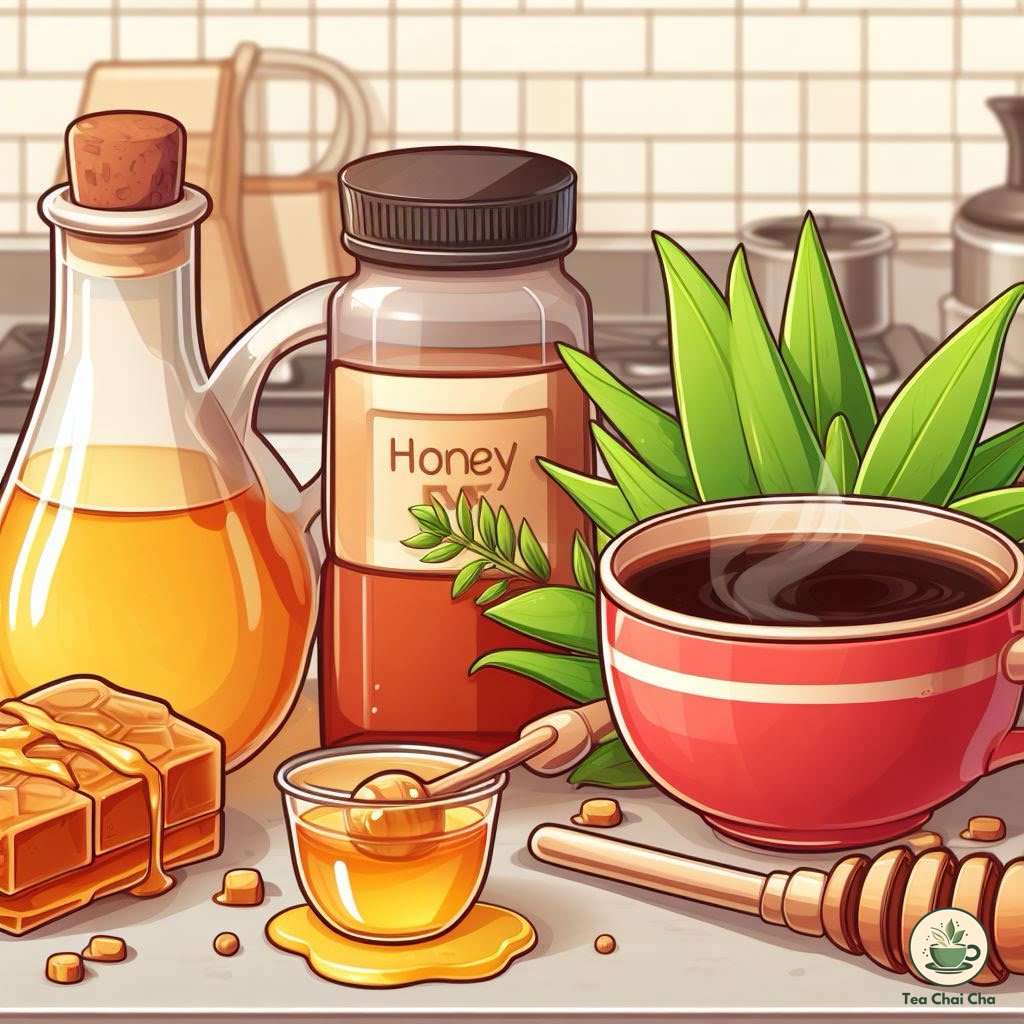
4. Honey or Sweeteners
To sweeten your Kava tea, consider adding honey, agave/maple syrup, or your sweetener of choice.
Be mindful of the quantity you use, as Kava’s flavor can be quite robust.
Add a touch of honey or sweetener to strike the right balance and satisfy your taste buds.
5. Cinnamon or Spices
For a warm and aromatic twist to your Kava tea, try sprinkling a pinch of cinnamon or ginger.
These spices can help offset the earthy undertones of Kava, making your tea more flavorful.
Enhance your Kava tea with a hint of cinnamon or ginger to suit your taste.
6. Citrus Zest
If you’d like to introduce a refreshing element to your Kava tea, grate some lemon or lime zest into it.
The zesty, citrusy notes can lift the flavor, providing a revitalizing touch to your drink.
Boost your Kava tea with a sprinkle of citrus zest for a zingy taste.
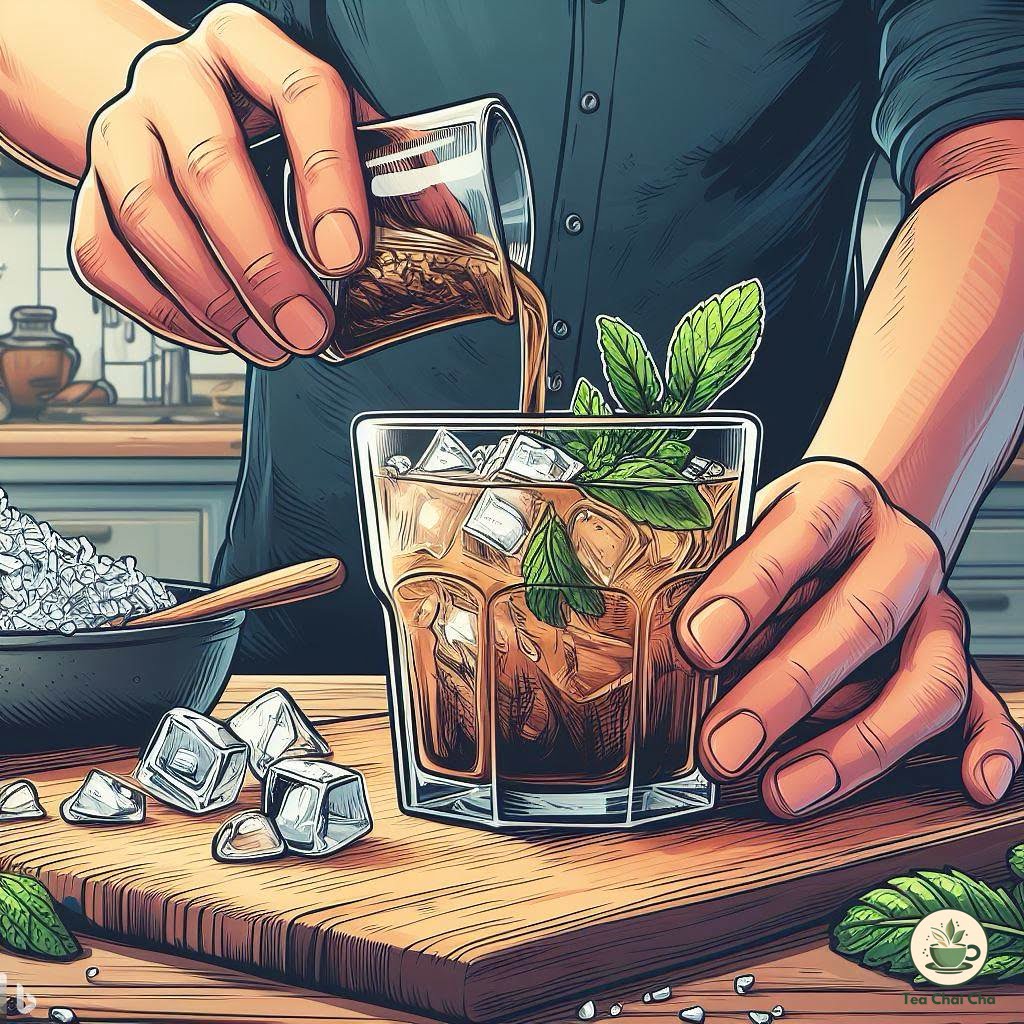
7. Ice and a Dash of Mint
If you enjoy cold beverages, try serving your Kava tea over ice and garnishing it with fresh mint leaves.
The coolness and minty freshness can make your Kava tea more invigorating and pleasant.
Enjoy your Kava tea over ice with a touch of mint for a refreshing experience.
8. Experiment with Mix-Ins
Feel free to get creative by experimenting with various mix-ins like vanilla extract, almond milk, or nutmeg.
These ingredients can add new dimensions to your Kava tea’s flavor, allowing you to personalize it according to your preferences.
Customize your Kava tea with different mix-ins to discover your ideal flavor combination.
Feeling punny? Here’s one for you: Why did the kava tea blush? Because it saw the tea leaves changing color! 🤣
Now it’s your turn. Share some kava puns in the comments below! 😁

